Can Serbs driven out of Kosovo return?
Only those returnees who "really want to live in Kosovo" can count on the state's support, says Minister for Kosovo Goran Bogdanović.
Sunday, 03.05.2009.
17:18

Only those returnees who "really want to live in Kosovo" can count on the state's support, says Minister for Kosovo Goran Bogdanovic. Bogdanovic told B92 that the government will support "all those who wish to return to Kosovo", but that "only the returnees who really intend to stay" in the province can count of the state's assistance. Can Serbs driven out of Kosovo return? The government is unhappy with the return process, he continued, and added that Belgrade would ask the international community to fulfill its obligations stemming from UNSCR 1244, and enable the Serbs driven out of their homes to go back after ten years. "A large number of Serbs from Kosovo has integrated. They have sold their houses, settled their issues. Ten years have gone by, new generations have been born, and perhaps not everyone will wish to return. Still, the government and international organizations must do everything to enable those who wish to do so, to go back to where they have lived for centuries," said Bogdanovic. About 150 Serb and other non-Albanian families exiled from Kosovo in 1999 have submitted requests to return home. With this census of those who, after many years as internally displaced persons (IDP), now wish to go back, the Ministry for Kosovo and the UNHCR are trying to improve the devastating statistics that show that of some 200,000 Serb IDPs now in central Serbia, less than 18,000 returned during the past decade. In order to have UNHCR's optimistic plan to make this "the year of return" succeed, a result much better than last year's when 12 families went back would have to be achieved. One family interested to go back home are Stasics from the village of Drenovac near Klina. Nenad Stasic has also assumed the role of the leader of a group of locals which have been attempting to return to Kosovo since 2001. So far, without any success. "I think that Albanians do not want us as neighbors, and one reason I'll mention for that is that they have usurped all our houses and all our immobile property, including arable land," he says. Ljubomir Mirkovic is another Kosovo Serb IDP who has unsuccessfully tried to go back home to the village of Donji Dragoljevac in the Istok municipality for the past four years. There, his family left behind some 20 hectares of land as they fled the violence. Their house was destroyed. "Everything was leveled to the ground. If you go through this village you cannot tell there was a house there once. Rebuilding of houses and security, those are the most important things," Miljkovic said of the conditions necessary for the Serbs to return. In June, the UNHCR plans to organize the return of some 20 families. It will be a good chance to assess the latest campaign's chances to succeed. A file photo of Bogdanovic in Kosovska Mitrovica (FoNet)
Can Serbs driven out of Kosovo return?
The government is unhappy with the return process, he continued, and added that Belgrade would ask the international community to fulfill its obligations stemming from UNSCR 1244, and enable the Serbs driven out of their homes to go back after ten years."A large number of Serbs from Kosovo has integrated. They have sold their houses, settled their issues. Ten years have gone by, new generations have been born, and perhaps not everyone will wish to return. Still, the government and international organizations must do everything to enable those who wish to do so, to go back to where they have lived for centuries," said Bogdanović.
About 150 Serb and other non-Albanian families exiled from Kosovo in 1999 have submitted requests to return home.
With this census of those who, after many years as internally displaced persons (IDP), now wish to go back, the Ministry for Kosovo and the UNHCR are trying to improve the devastating statistics that show that of some 200,000 Serb IDPs now in central Serbia, less than 18,000 returned during the past decade.
In order to have UNHCR's optimistic plan to make this "the year of return" succeed, a result much better than last year's when 12 families went back would have to be achieved.
One family interested to go back home are Stašićs from the village of Drenovac near Klina. Nenad Stašić has also assumed the role of the leader of a group of locals which have been attempting to return to Kosovo since 2001. So far, without any success.
"I think that Albanians do not want us as neighbors, and one reason I'll mention for that is that they have usurped all our houses and all our immobile property, including arable land," he says.
Ljubomir Mirković is another Kosovo Serb IDP who has unsuccessfully tried to go back home to the village of Donji Dragoljevac in the Istok municipality for the past four years. There, his family left behind some 20 hectares of land as they fled the violence. Their house was destroyed.
"Everything was leveled to the ground. If you go through this village you cannot tell there was a house there once. Rebuilding of houses and security, those are the most important things," Miljković said of the conditions necessary for the Serbs to return.
In June, the UNHCR plans to organize the return of some 20 families. It will be a good chance to assess the latest campaign's chances to succeed.



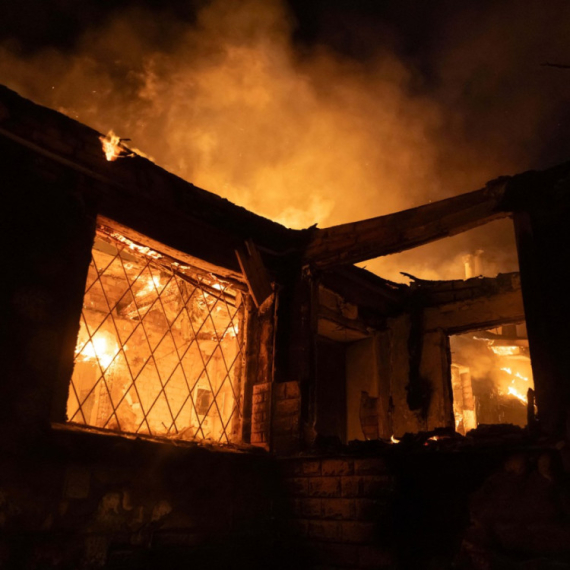
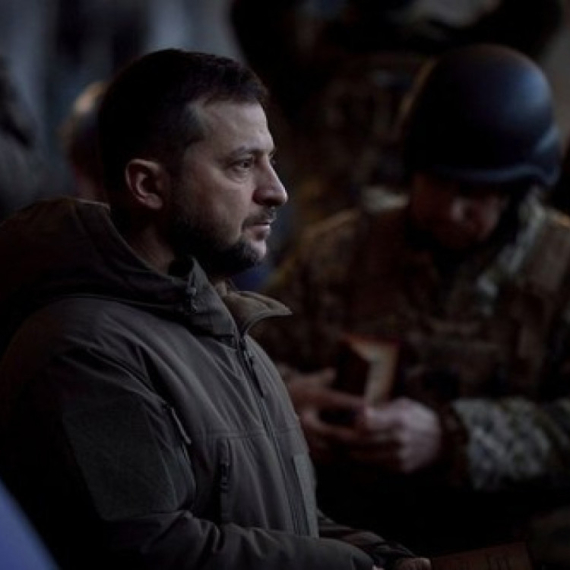
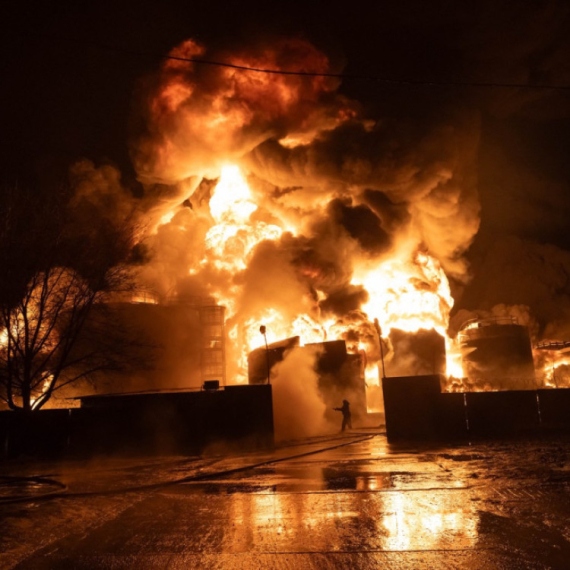






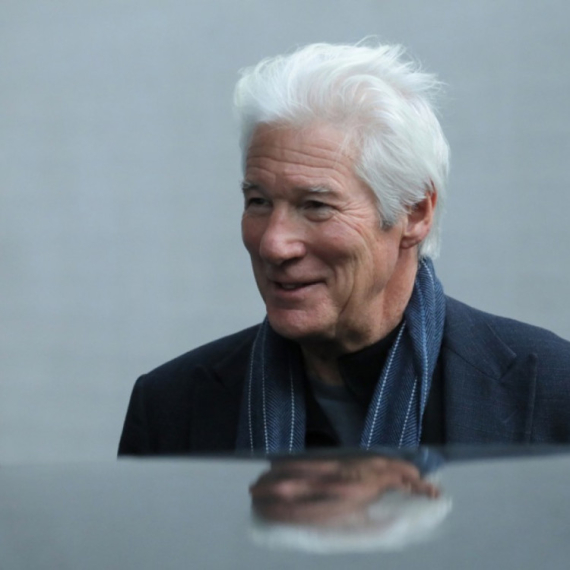
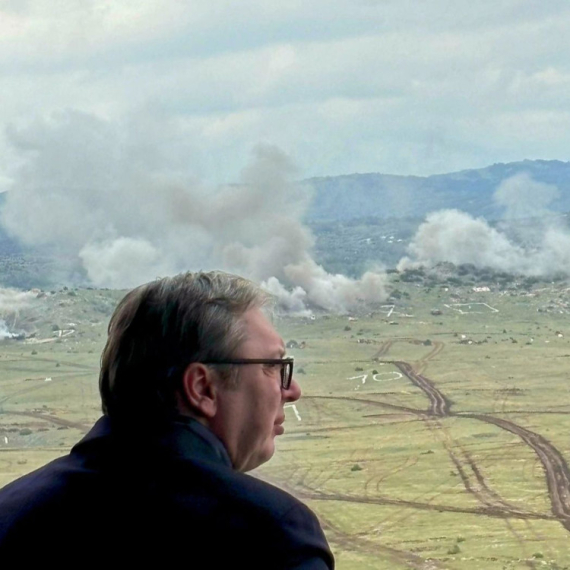
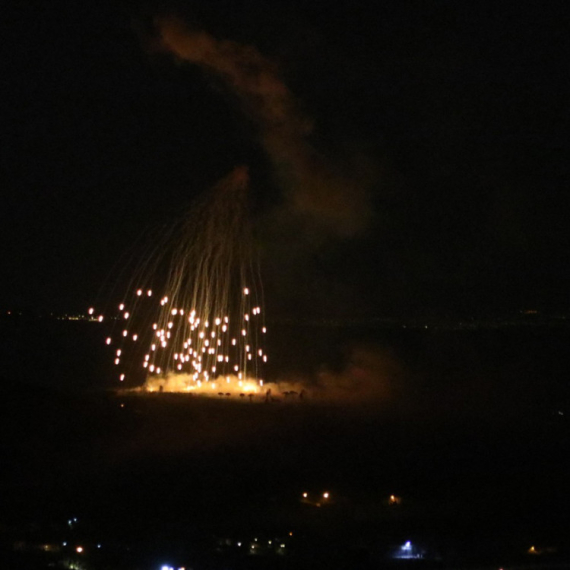

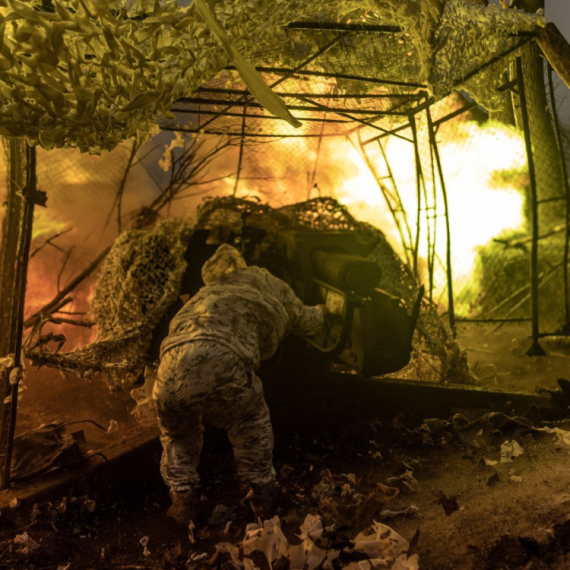

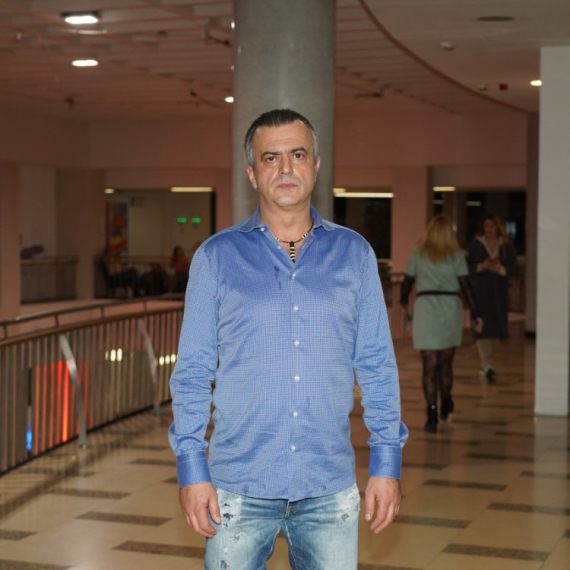


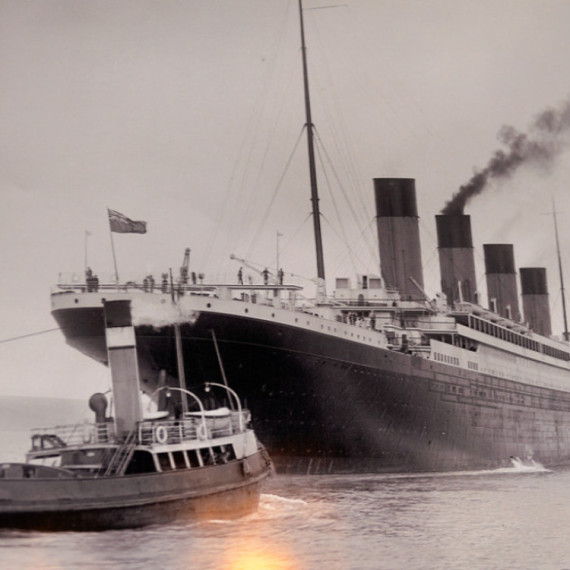















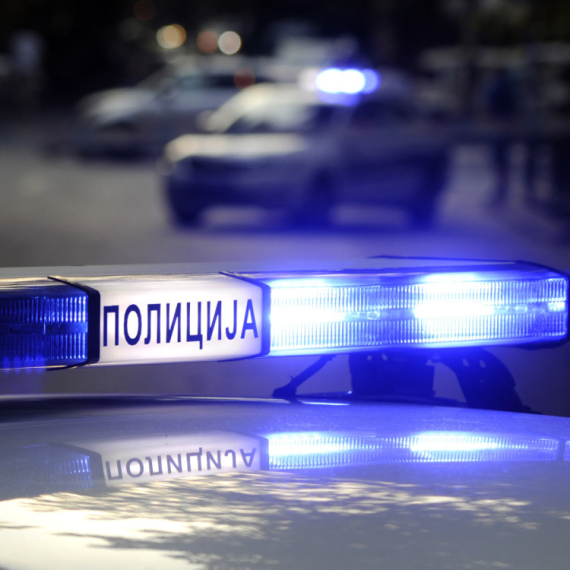
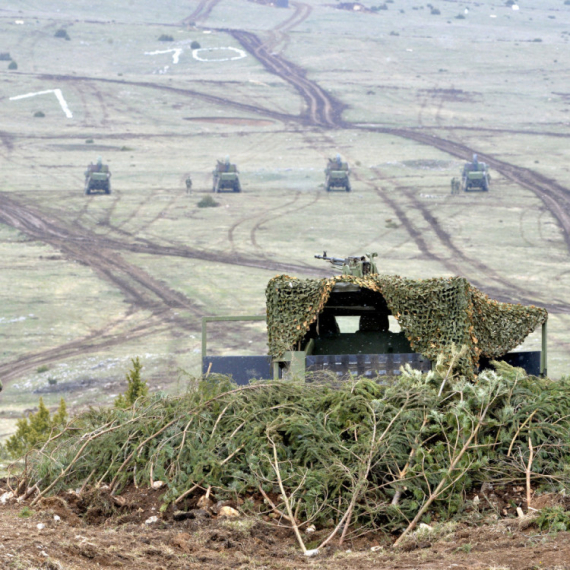
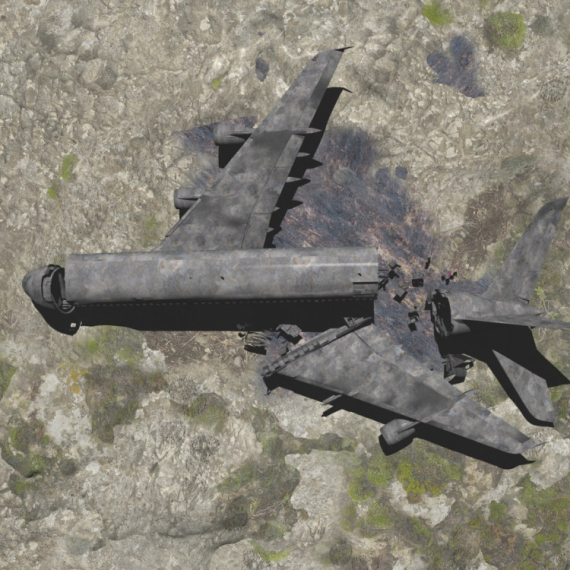
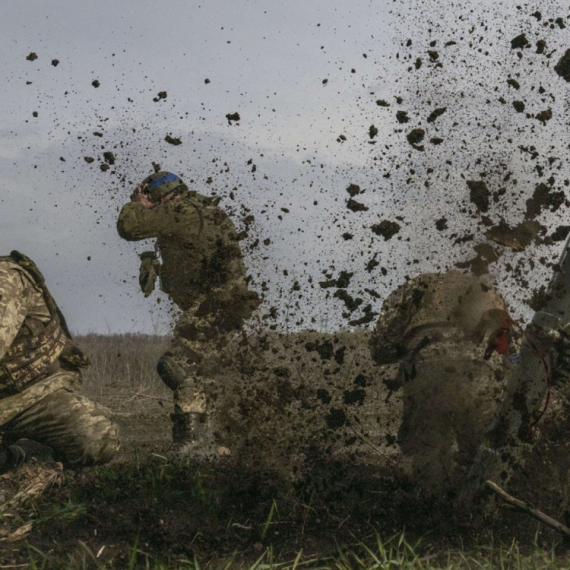







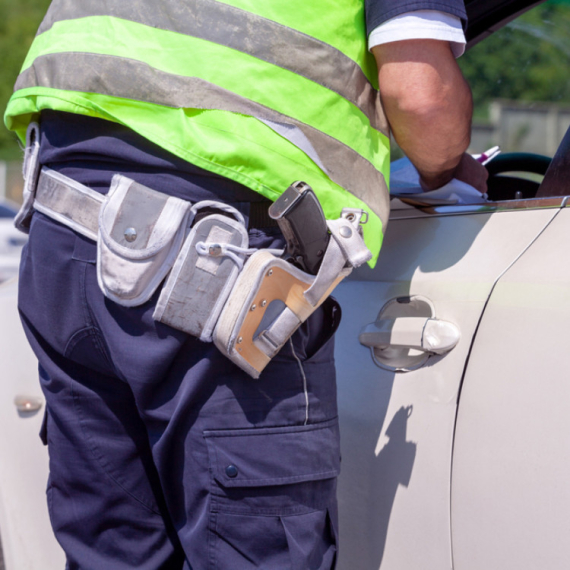



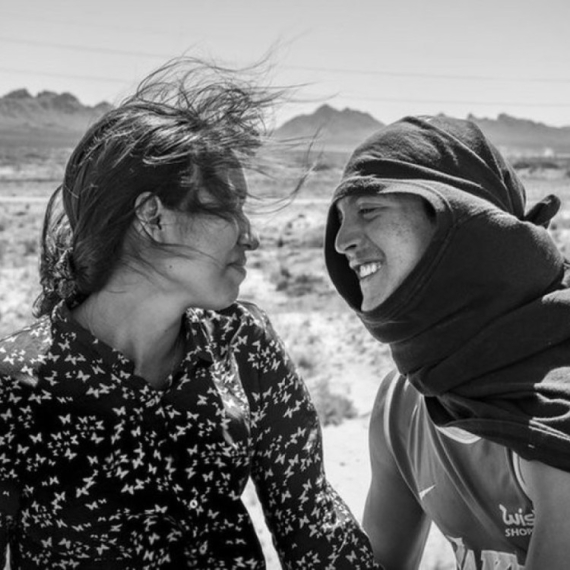




Komentari 24
Pogledaj komentare